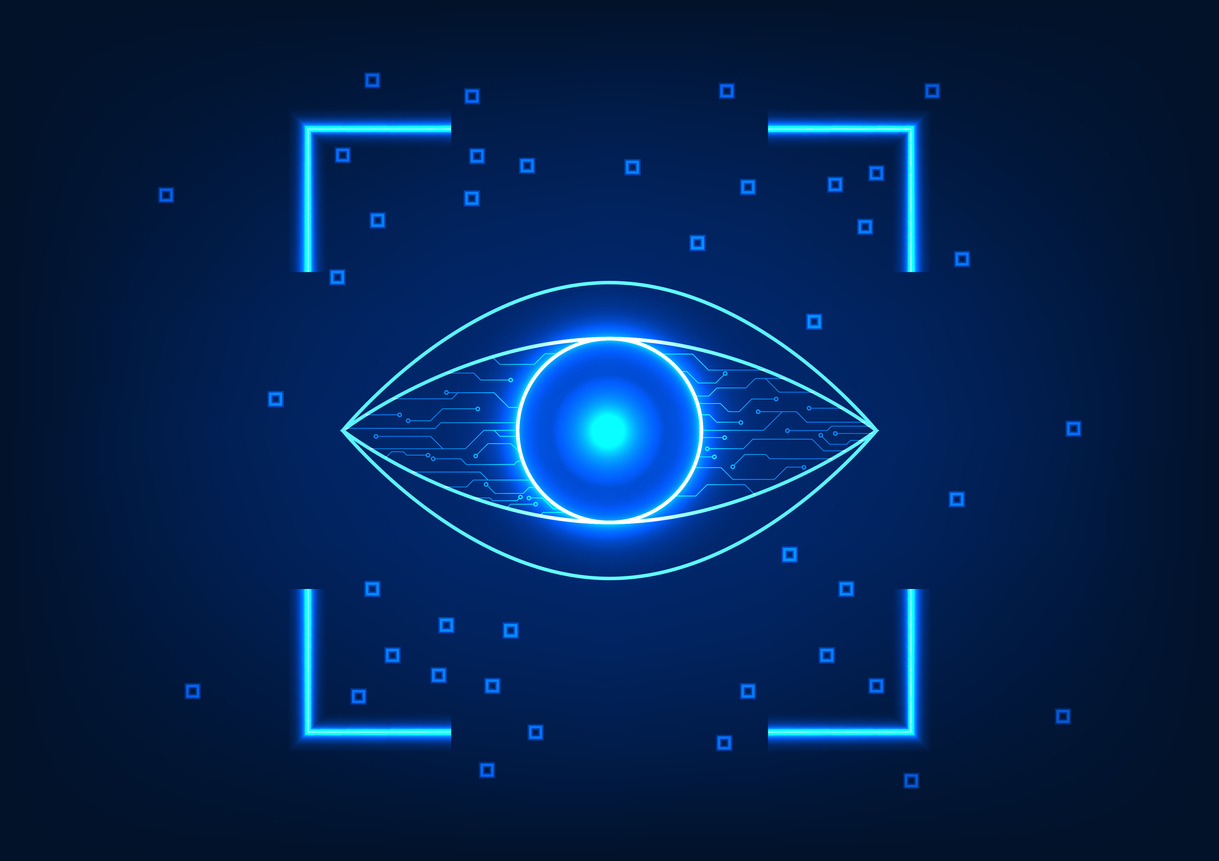
After a visit in my clinic where eye pressure is measured, visual fields are assessed, and the optic nerve examined, glaucoma patients often ask me if there is anything they can do to help slow their glaucoma. First and foremost, I emphasize the need to continue following up for monitoring and taking medications consistently if prescribed. Laser treatments and surgical approaches are also discussed if they apply to the patient’s condition. We also discuss whether there are any lifestyle changes or modifications they can make.
Currently, eye pressure is the only proven modifiable risk factor for glaucoma. Thus, in terms of strong evidence proven through randomized clinical trials, most lifestyle changes discussed in this article have not yet reached this high threshold for evidence. However, many of the lifestyle changes discussed here are also beneficial for overall health and have little risk or downside as long as they are incorporated in a safe manner.
Get moving!
There is strong evidence that aerobic exercise lowers eye pressure and benefits overall cardiovascular health. Greater physical activity is also associated with slower visual field loss in glaucoma, according to a study published in Ophthalmology, the journal of the American Academy of Ophthalmology.
In a study of 141 glaucoma patients with an average age of 65, participants completed an average of 5,613 steps per day and 148 minutes per day of non-sedentary activity. The researchers reported that each additional 1,000 steps per day, 30 minutes of non-sedentary activity, or 10 minutes of moderate to vigorous physical activity was associated with less visual field loss over time. However, another study showed that glaucoma patients with more visual field loss typically engage in less physical activity.
The physical activity guidelines for Americans recommend that adults perform 150 to 300 minutes per week of moderate- intensity activity (or 75 to 150 minutes of vigorous-intensity aerobic physical activity per week), along with muscle-strengthening and balance exercises. Of course, it is very important that glaucoma patients who may have decreased vision choose activities and modify activities that they can safely perform.
Finally, the guideline’s authors point out that recommendations emphasize that moving more and sitting less will benefit nearly everyone.
“Individuals performing the least physical activity benefit most by even modest increases in moderate-to-vigorous physical activity,” they write. This point about how the people who benefit most are those who perform the least amount of physical activity at baseline is very important, as it has also been shown that those who go from moving the least to even modest increases in physical activity also show the greatest benefit in terms of lowering eye pressure.
The benefits of mindfulness meditation
Patients often ask me about yoga. While it is known that shoulder stands, headstands, and inverted positions increase eye pressure, it is not known whether these yoga positions actually cause worsening of glaucoma. Common yoga positions such as downward dog have also been shown to increase eye pressure, but only temporarily, with a return to baseline eye pressure as soon as one returns to an upright position. Furthermore, a yoga practice that incorporates a significant component of mindfulness meditation may actually lower eye pressure.
For example, a randomized clinical trial showed that a group that incorporated 60 minutes of mindfulness meditation (in addition to glaucoma medication) exhibited lower eye pressure compared to a control group that only used glaucoma medications. Mindfulness meditation has also been shown to improve overall physical and mental health, possibly through the lowering of cortisol levels, decreased inflammation and oxidative stress, and improved blood flow.
Exciting new developments in dietary supplements
While there are no clinically proven dietary supplements available to treat glaucoma, this is an area of exciting research for which the underlying scientific premise holds great promise for the future. In glaucoma, the optic nerve cells, or retinal ganglion cells, degenerate over time, leading to vision loss as these cells connect the information collected in the retina to the brain. Before these cells die, there is a period during which the retinal ganglion cells are injured and sick, but not yet dead. In addition, as these cells age with time, they become more vulnerable to stresses such as eye pressure. In animal models, it has been shown that nicotinamide (vitamin B3) can be beneficial and prevent glaucoma in mice. Nicotinamide is a precursor to NAD+, which is an important molecule for energy metabolism in many cells of the body. As we get older, the amount of NAD+ decreases in the retina, making the retinal ganglion NAD+ precursor prevents glaucoma from developing in mice, and several early clinical studies have shown that supplementation with nicotinamide can improve the function of the retinal ganglion cells.
Other randomized clinical trials are underway worldwide, and it is exciting to consider that a fairly well-tolerated dietary supplement may help slow vision loss and prevent further vision loss in glaucoma patients by a mechanism independent of eye pressure. However, the community eagerly awaits the results of these clinical trials before nicotinamide can be recommended for glaucoma patients.
Summary
In addition to the lifestyle changes discussed above, there are additional areas of ongoing research including the role of diet and caffeine in glaucoma diagnosis and eye pressure. Studies have also identified the importance of green leafy vegetables in decreasing the risk of glaucoma diagnosis. Overall, I recommend older adults with glaucoma incorporate lifestyle changes such as aerobic exercise and mindfulness meditation. In addition, we should be encouraged that even moderate increases in these activities may show benefits not just for glaucoma, but also for overall health and well-being.
About BrightFocus Foundation
BrightFocus Foundation is a premier global nonprofit funder of research to defeat Alzheimer’s, macular degeneration, and glaucoma. Through its flagship research programs — Alzheimer’s Disease Research, Macular Degeneration Research, and National Glaucoma Research— the Foundation has awarded nearly $300 million in groundbreaking research funding over the past 51 years and shares the latest research findings, expert information, and resources to empower the millions impacted by these devastating diseases. Learn more at brightfocus.org.
Disclaimer: The information provided here is a public service of BrightFocus Foundation and is not intended to constitute medical advice. Please consult your physician for personalized medical, dietary, and/or exercise advice. Any medications or supplements should only be taken under medical supervision. BrightFocus Foundation does not endorse any medical products or therapies.
- Exercise
- Lifestyle










